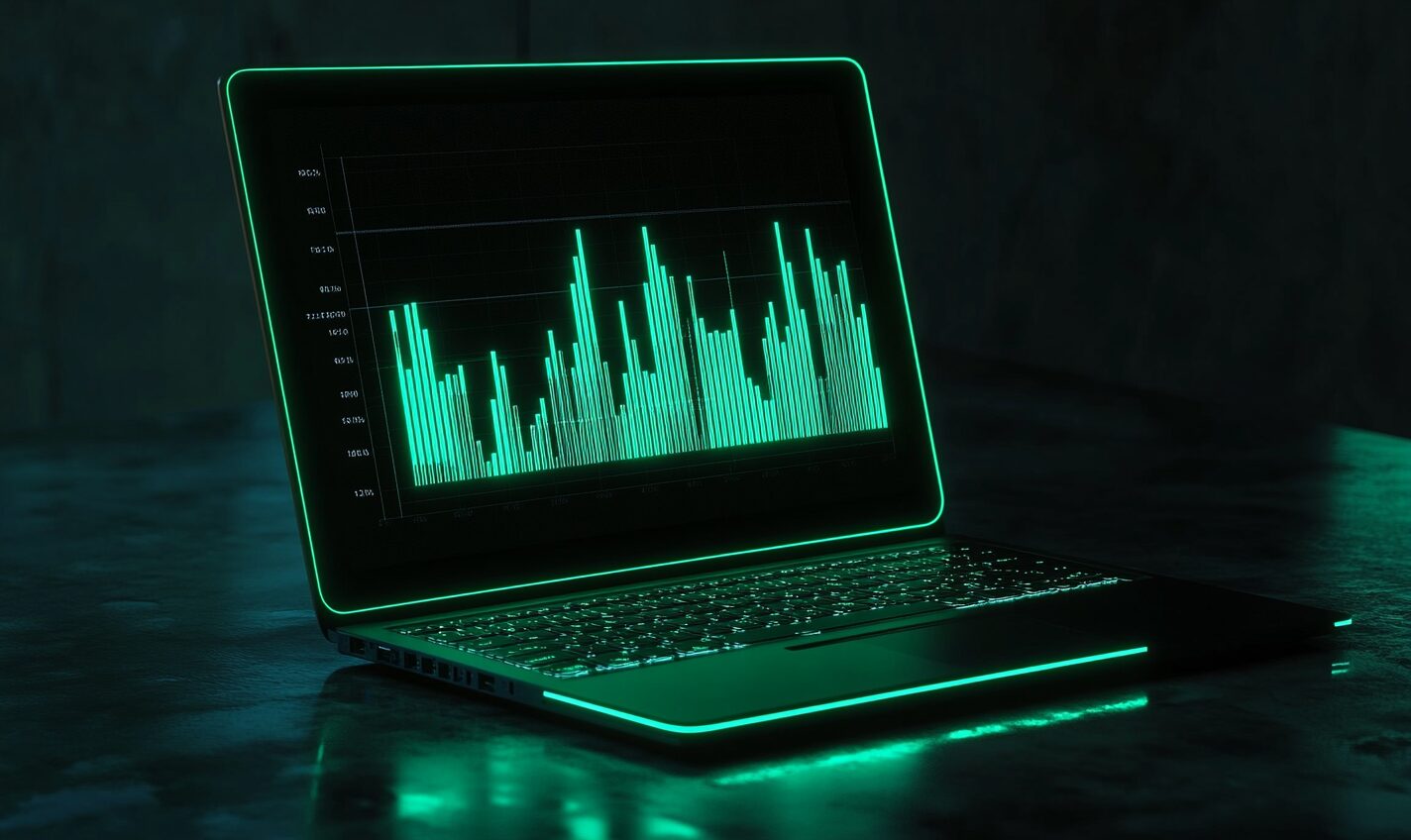Robots are taking over our jobs, which will be a blessing for most people if we do it right. It turns out that they are enlisting in the military too — and our servicemen and women are better off for it. Here’s a look at five highly capable types of military robots to check out and appreciate.
It’s hard to say how many lives robotics can help us save, but there’s no doubt the savings will begin in high-stakes arenas like security, policing and the armed forces. Here are some of the heavy-hitters.
1. MAARS
The Modular Advanced Armed Robotic System, better known as MAARS, is probably what most people picture when they think of military robots. MAARS is a combat-ready, treaded robot with a modular design. These types of military robots have everything a battle-ready machine could need.
This design provides compatibility with several weapons platforms, including offensive options like grenade launchers and firearms, as well as defensive options like personnel-blinding lasers and teargas.
This family of robots, including MAARS’ predecessor, SWORDS, have already put battlefield hours under their belts in Iraq and elsewhere. One of this robot’s most important functions is placing RSTA sensors in the field. These devices help with surveillance, target acquisition and drone coordination.
2. DOGO
General Robotics’ DOGO is a distinctive-looking battlefield companion. It’s a bit like a miniaturized version of MAARS, except it trades the heavy weaponry for a single 9 mm Glock pistol and pepper spray.
DOGO’s target audience is anti-terror operations, specifically. Its shoebox-sized footprint is an advantage — it helps operators engage hostiles by remote control with precision and minimal collateral damage.
From hostage rescue and close-quarters combat to urban warfare and tunnel clearance, DOGO can do it all. A complement of eight full-color video cameras provides a 360-degree view that gives military personnel a complete understanding of the landscape and threat profile before they engage.
3. Guardbot
Whatever your opinion of the “Star Wars” sequel trilogy, you can’t deny that BB-8 was a novel design for a droid. Guardbot is a bit like an amphibious BB-8, and it’s just as versatile and multiply-talented as its even further-future counterpart. These types of military robots are best for uneven terrain or in situations where there’s minimal intelligence on the landscape.
Thanks to its spherical body and buoyant-but-rugged construction, Guardbot can traverse up to 20 kilometers (12.42 miles) on either land or sea. The robot’s versatile, mission-ready design was originally slated for life on Mars, but for now, the U.S. Army and Navy are actively exploring combat and defensive applications for Guardbot.
Environments with sand, snow and water are no match for this robot’s go-anywhere design. Its many military applications include the ability to detect chemical-based explosives. It can also roll under vehicles or boats to carry out security checks with high-fidelity cameras mounted in watertight “bubbles” on either side of the main sphere.
4. Black Hornet Nano
The Black Hornet Nano UAS, from Prox Dynamics, resembles a roughly palm-sized helicopter. It’s another ingenious creation that already has a lot of fieldwork experience. These types of military robots are as sleek as they are deadly.
British troops in Afghanistan report that the Black Hornet Nano “adds value” to high-stakes reconnaissance maneuvers. These include searching for firing positions, surveilling ahead to help soldiers advance safely and keeping tabs on enemy targets.
According to the soldiers, the Black Hornet Nano is small and maneuverable enough that “locals can’t see or hear it.” Despite their tiny profile, onboard cameras can relay crystal-clear video footage back to home base, wherever that might be.
As pathfinding and machine vision technologies improve even more, it’s not far-fetched to expect Black Hornet Nano drones, and others like it, to take up automated patrol around military bases and other valuable targets with limited operator intervention required.
5. MATILDA
If there’s a workhorse on this list of robots, it’s MATILDA. Designed by Mesa Robotics, MATILDA has well-established military, policing and security applications.
There are several variants of the basic platform, including the Urban Warrior, Scout and Block II, giving the design applicability in a variety of high-stakes situations such as:
- Target surveillance
- Neutralizing explosive devices safely
- Transporting and firing weaponry
- Crowd control and law enforcement
- Navigating and securing caves and tunnels
The most distinctive feature of MATILDA is its manipulator arm. It’s situated on the back of a wedge-shaped body that has all-terrain tracks mounted at the edges. This design means MATILDA can climb stairs and transport heavy payloads with ease, in addition to traversing other barriers that would trip up less confident robots.
Long-lasting battery life, durability and endurance were all priorities during the design stages, which means MATILDA will probably be a touchstone for military robotics designers for some time to come. These types of military robots don’t need to rest like people do.
These Types of Military Robots Are Ready to Enlist
There are no Cylons or Cyberdyne 101s here, which is a blessing. However, from invisible overhead drones to tank-like ‘bots with machine guns, many types of military robots are already in active military service today.
Deterrents like these should make the unfortunate fact of warfare more precise and less unnecessarily costly of human life. Taking humans out of dangerous situations, whatever they may be, is always a good thing — and that means robots in the military are here to stay.
Recent Stories
Follow Us On
Get the latest tech stories and news in seconds!
Sign up for our newsletter below to receive updates about technology trends




